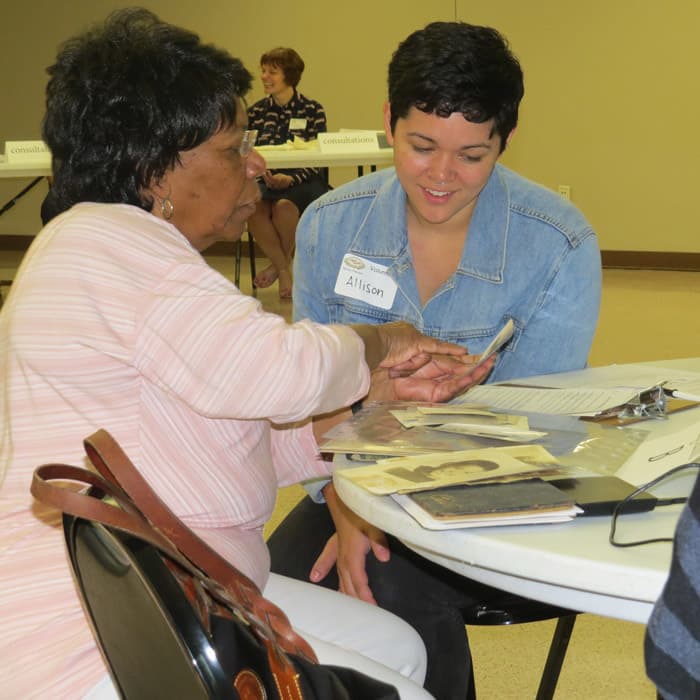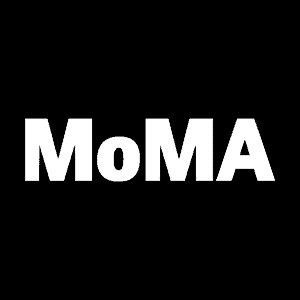In higher education, we often equate student life and campus life. Last year, I found myself questioning this notion on my frequent shortcuts through the student center on campus. Absent from most of the archival photos hung in the student center’s hallway chronicling milestones in the building’s history are black students. Student life does notContinue reading “If Objects Could Talk History Harvest at the African American Museum of Iowa”
Category Archives: Digital reformatting
Preservation and Archiving Special Interest Group 2016
As a new librarian, I appreciate the privilege that my residency at the University of Iowa’s Preservation and Conservation department affords me; aside from the professional expectations of any other position, I’m encouraged to explore gaps in my LIS education and professional interests. However, there is never enough time to learn everything! Professional conferences areContinue reading “Preservation and Archiving Special Interest Group 2016”
Keith/Albee Vaudeville Collection in DIY History!
The University of Iowa Libraries presents a wonderful and exciting opportunity for one and for all: The Keith/Albee Vaudeville Theater Collection in glorious DIY History! Now you too can step right up and take part in transcribing these exciting behind-the-scenes reports! The first 24 books in the Keith/Albee collection, totaling 7,774 images, are now availableContinue reading “Keith/Albee Vaudeville Collection in DIY History!”
Visiting NYC – Digital Transitions Cultural Heritage Round Table
Last week, I flew to New York City for the very first time to attend the Digital Transitions Division of Cultural Heritage Round Table, a day-long event which brought together digital imaging professionals from a variety of institutions including the New York Public Library, Smithsonian Institution, and Frick Collection. The day began at the MorganContinue reading “Visiting NYC – Digital Transitions Cultural Heritage Round Table”
Sustaining Digital Resources Boot Camp
Daniel Johnson, Digital Preservation Librarian, and I participated in the Sustaining Digital Resources Boot Camp at Northwestern University last week, August 8-10. The boot camp was billed as “the business model boot camp for digital project leaders” and we were not sure what to expect. In the weeks leading up the trip, we had severalContinue reading “Sustaining Digital Resources Boot Camp”
Digitizing Hancher Posters
By Ben Bessman, Digitization Assistant Hancher Auditorium had been a noteworthy stop for world famous musical acts, theatre productions, dance companies, and guest speakers in the Midwest since 1972, until its original location was flooded out in June of 2008. Since then various community sites have served as hosts for the wide variety of performers thatContinue reading “Digitizing Hancher Posters”

